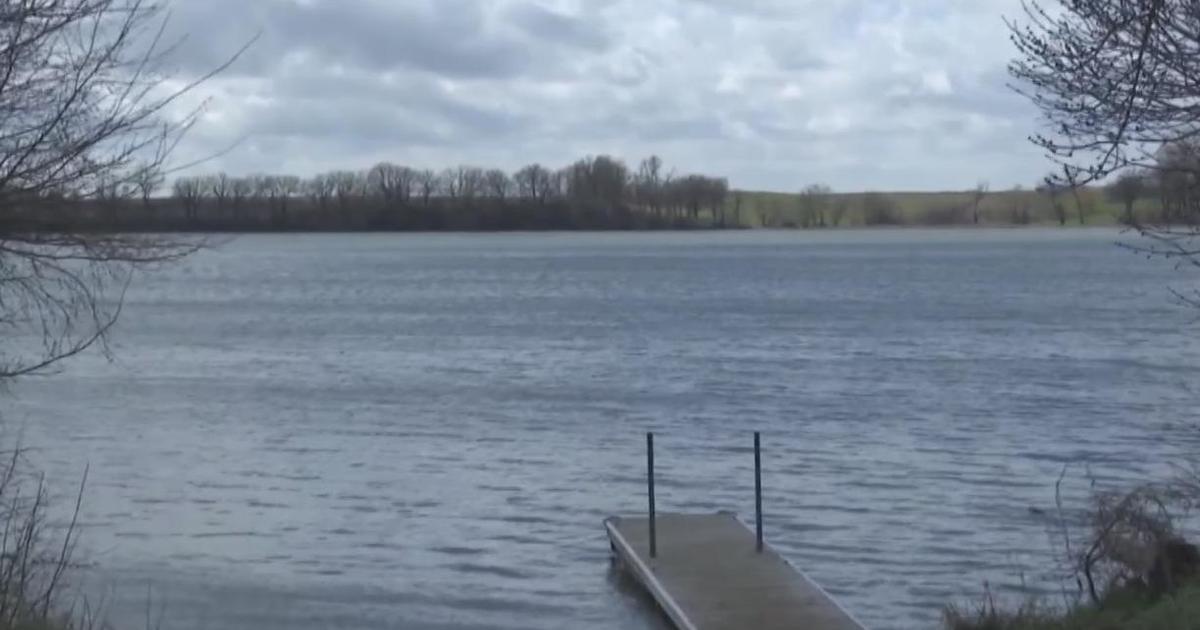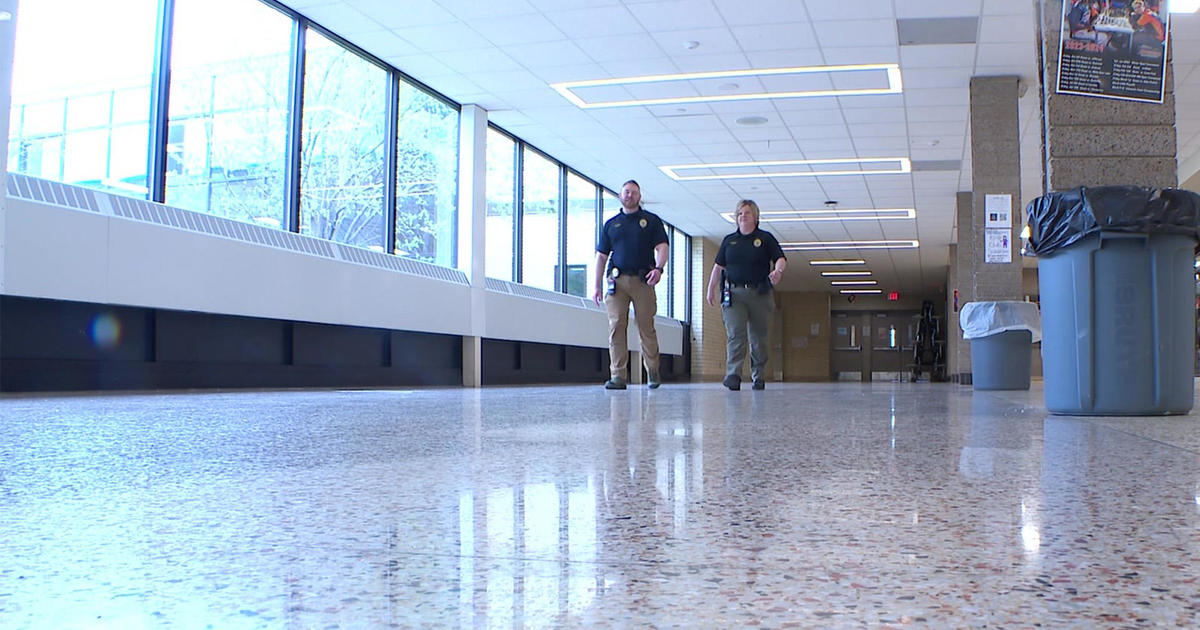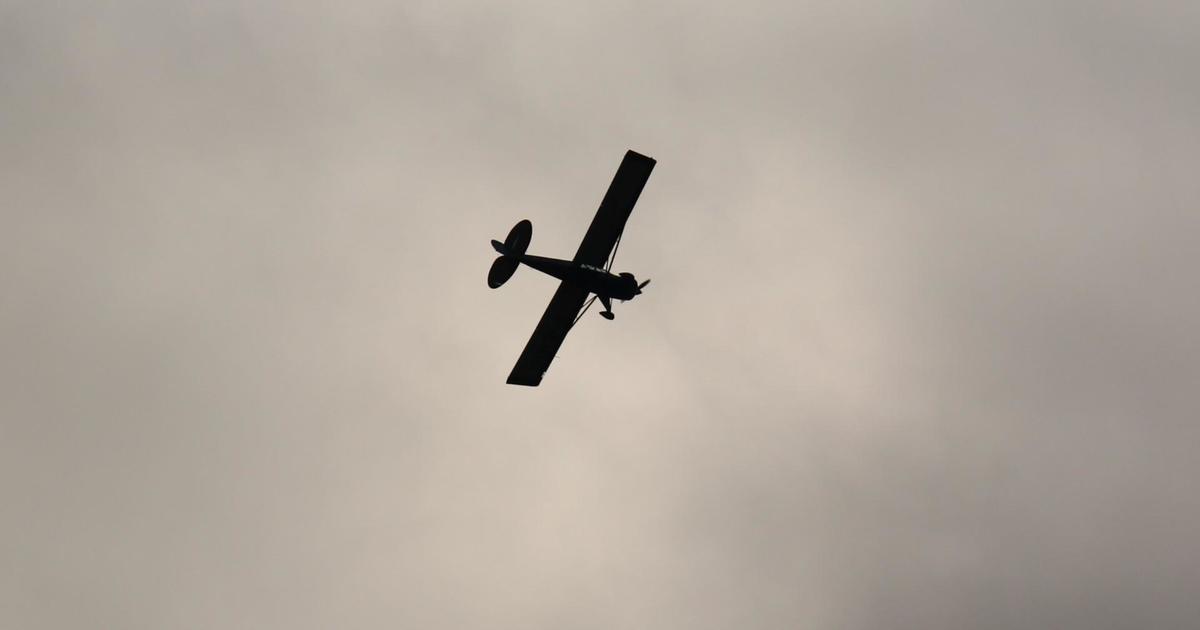Experiment Tests Microwaves To Fix Minn. Potholes
DULUTH, Minn. (AP) -- Minnesota researchers are trying an experimental way to fix potholes that uses powerful microwaves to heat the patch mix at the very site where the craters develop. As an added dividend, the technology provides a use for taconite waste and recycled asphalt and shingles.
David Hopstock, a Roseville, Minn.-based consultant who approached the Natural Resources Research Institute of the University of Minnesota Duluth with the idea, said it could be the way potholes are routinely filled in winter climates in the not-too-distant future.
Hopstock told the Duluth News Tribune combining asphalt with taconite tailings to produce a hot mix to fill potholes is old hat in northeastern Minnesota in warmer months. But it doesn't work in the winter because the material cools off too fast after it leaves the plant.
"It might last a week or two, and then it comes out again," Hopstock said. "That's why you keep having potholes recurring at the same spot. So our concept is, with this we can make hot mix on site. We could do it at any temperature."
Crews tried the system on Wednesday, using an industrial microwave heater on-site to cook all the moisture out of the potholes and then heat the patching material they dumped in them on a road northwest of Duluth.
A home microwave oven puts out about 1,000 watts of power, while the pothole-filling version has a 75,000-watt transmitter, said Stephen Rogers of Applied Microwave Technology in Cedar Rapids, Iowa, the company that created the technology. A standard kitchen microwave oven runs at 2,450 megahertz; the microwave transmitter used for the pothole project runs at 950 megahertz.
"So it's a longer wave," Rogers said. "It gets deeper into whatever product you're microwaving."
Rogers' company makes the technology; Microwave Utilities Inc. of Monticello, puts it to use.
"We started out in the ground-thawing business," said Kirk Kjellberg of Microwave Utilities. "We burn frost for companies like gas companies, utilities, cities, anybody who needs to locate an underground utility."
The company's workers filled one of the potholes with standard asphalt to serve as a control. The others were filled with various mixtures and heated at various settings. Researchers will keep an eye on them to see how long the fillings last. And lightly traveled Tukhanen Drive won't be the final test. Another experiment was conducted earlier this winter in much colder weather in Anoka County. Many others will follow.
"We'll move on to more populated highways," Kjellberg said. "We'll be expanding our testing quite a bit."
Kjellberg said he expects to see the microwave technology used routinely on major highways in winter within five years.
(© Copyright 2011 The Associated Press. All Rights Reserved. This material may not be published, broadcast, rewritten or redistributed.)



